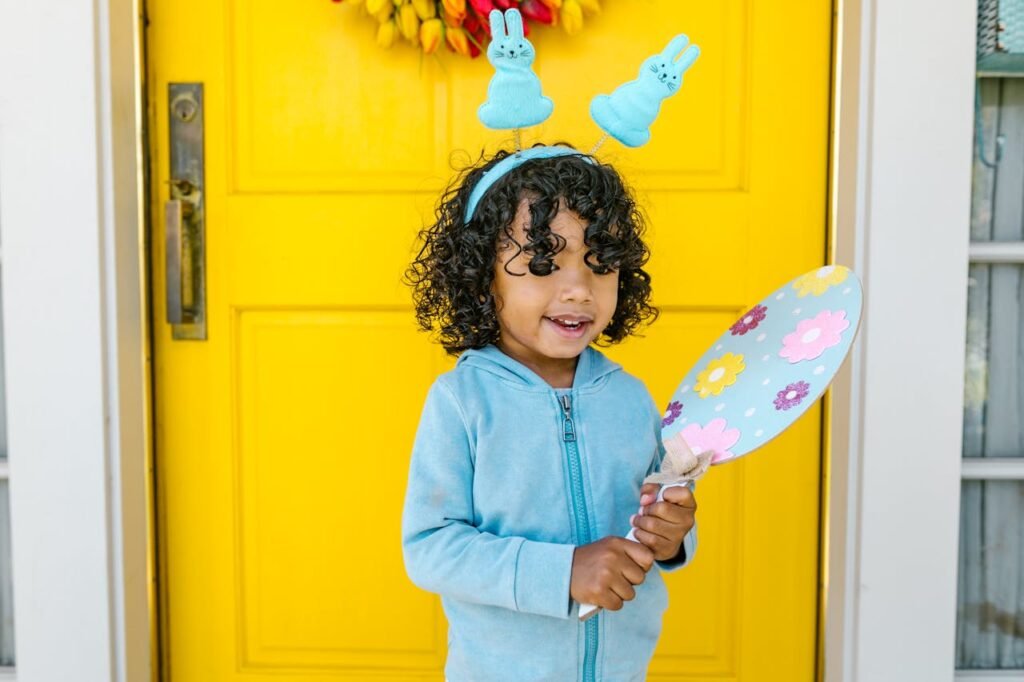As winter slowly melts away and the first signs of warmth begin to emerge, communities around the world come alive with the colors and sounds of spring. Among these vibrant celebrations is the festival known as “Bart Springtime,” an event that embodies the spirit of renewal, joy, and togetherness. This article delves into the origins, significance, and activities associated with Bart Springtime, offering insights into why this festival is cherished by many.
Origins of Bart Springtime
Bart Springtime has its roots in ancient agricultural practices, where the arrival of spring was celebrated as a time of rebirth and fertility. The name “Bart” is derived from the Old English word for “barley,” symbolizing growth and abundance. As crops begin to sprout and bloom, communities would gather to honor the land and express gratitude for the bounty to come. Over the centuries, this agricultural celebration evolved into a more inclusive festival, embracing not only farming but also various aspects of nature and community life.
Significance of Bart Springtime
At its core, Bart Springtime is a festival that represents hope and renewal. It is a reminder of the cyclical nature of life, where every end gives way to a new beginning. The festival also emphasizes community spirit, as it brings together people of all ages and backgrounds to celebrate their shared connection to nature and each other. This sense of unity is especially important in today’s fast-paced world, where individuals often feel isolated and disconnected from their communities.
The festival typically occurs during the first few weeks of spring, aligning with the Spring Equinox. This timing is significant, as it marks a period of equal daylight and darkness, symbolizing balance in nature. During Bart Springtime, participants engage in various activities that reflect this theme of balance and renewal.
Activities and Celebrations
- Nature Walks and Planting Ceremonies
One of the most beloved traditions of Bart Springtime is the communal nature walk. Participants embark on guided tours through local parks and natural reserves, observing the awakening flora and fauna. This activity not only fosters a deeper appreciation for the environment but also serves as a reminder of the interconnectedness of all living things. Additionally, many communities hold planting ceremonies, where participants sow seeds in community gardens or parks, symbolizing hope and growth for the coming year. - Cultural Performances
Bart Springtime is also a platform for local artists and performers to showcase their talents. Music, dance, and theater are integral parts of the celebration, with performances often inspired by themes of spring, renewal, and community. Traditional dances may be performed alongside modern interpretations, creating a rich tapestry of cultural expression. These performances not only entertain but also educate attendees about the significance of the festival and its roots in the community. - Food and Craft Markets
Food plays a central role in Bart Springtime, with local vendors setting up stalls to offer seasonal produce, artisanal goods, and traditional dishes. Farmers’ markets are a highlight, showcasing the best of local agriculture and allowing attendees to taste fresh, organic foods. Craft markets also thrive during the festival, featuring handmade items from local artisans, including jewelry, pottery, and textiles. These markets not only support local economies but also foster a sense of community pride and creativity. - Workshops and Educational Activities
Educational workshops are another key component of Bart Springtime. These sessions focus on topics such as sustainable gardening, herbal medicine, and environmental conservation. Experts and enthusiasts alike come together to share knowledge and skills, empowering participants to take action in their own lives and communities. This focus on education aligns with the festival’s mission of promoting awareness and appreciation for nature. - Community Feasts and Gatherings
One of the most cherished traditions of Bart Springtime is the communal feast, where families and friends come together to share food and stories. These gatherings strengthen social bonds and encourage the sharing of cultural traditions. Attendees often bring dishes made from seasonal ingredients, creating a diverse and flavorful celebration of spring. The atmosphere is filled with laughter, music, and the joy of being together as a community.
The Future of Bart Springtime
As society continues to evolve, so does the celebration of Bart Springtime. Modern interpretations of the festival now include elements of environmental activism, highlighting the importance of sustainability and ecological responsibility. This shift reflects a growing awareness of the challenges facing our planet and the need for collective action.
In conclusion, Bart Springtime is more than just a festival; it is a heartfelt celebration of life, community, and the beauty of nature. As people gather to honor the arrival of spring, they are reminded of the importance of unity, gratitude, and hope for the future. Whether through nature walks, cultural performances, or communal feasts, Bart Springtime encapsulates the essence of renewal, making it a cherished tradition for generations to come.


